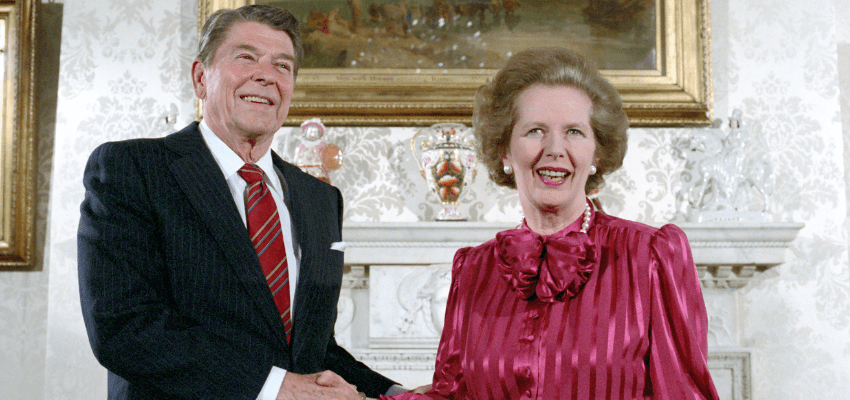This article originally appeared in the Financial Post. Below is an excerpt from the article.
By Jack Mintz, February 14, 2025
It is striking how quickly economic policy advice has changed in a half century. Neoliberalism, the hallmark of Ronald Reagan’s and Margaret Thatcher’s economic strategy in the 1980s, largely drove public policy from then until the financial crisis of 2008-9. Economic growth was to be generated by market forces, not the big-government Keynesianism that had been the fashion since the 1930s. In 1989, John Williamson, a consultant with the United Kingdom Treasury, coined the term “Washington Consensus” to describe the new orthodoxy.
After the Soviet Empire dissolved in 1991, the consensus more or less ruled the world. Russia and other former Communist countries looked to the West to provide investment and technology for their newly liberalized economies. China’s gradual opening of its huge economy culminated in World Trade Organization membership in December 2001. World economic growth peaked at 4.5 per cent between 2004 and 2007 and per capita incomes converged as emerging markets attracted foreign investment in manufacturing — in a migration of capital that ravaged the industrial heartlands of many advanced countries, destroying jobs and communities that never recovered.
Now, 25 years later, economic policy has turned nationalistic. Inequality, industrial policy, climate change and national security comprise a “new Washington Consensus,” as Biden national security adviser Jake Sullivan christened it. Market efficiency no longer spurs prosperity; instead, governments direct resource allocation for political ends. Big government is back.
***TO READ THE FULL ARTICLE, VISIT THE FINANCIAL POST HERE***
Jack Mintz is the President’s Fellow at the University of Calgary’s school of public policy and a distinguished fellow at the Macdonald-Laurier Institute.






